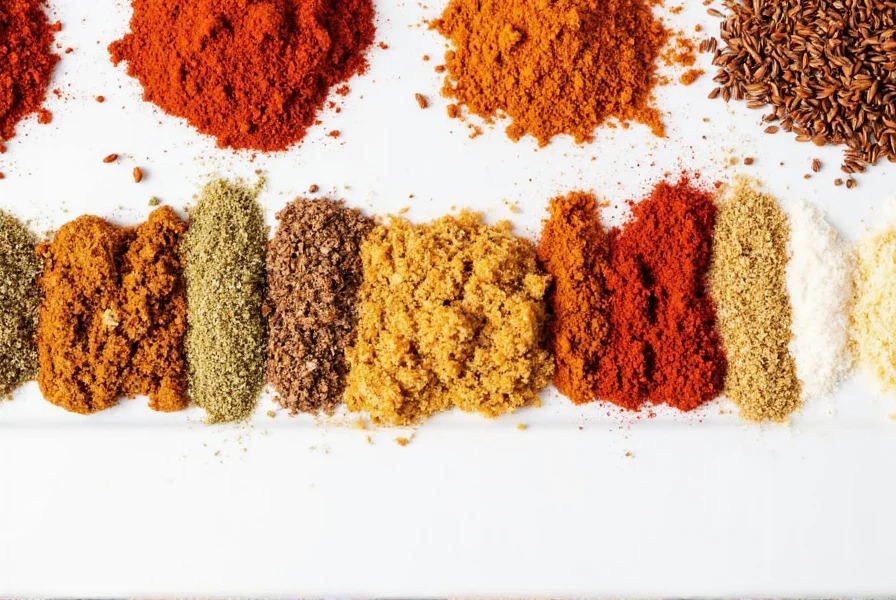| Spice | Flavor Profile | Boldness Level | Best Use Case |
|---|---|---|---|
| Turmeric | Earthy, slightly bitter | Mild | Color and base warmth |
| Cumin | Warm, nutty, peppery | Medium | Base flavor for most blends |
| Coriander | Sweet, citrusy | Medium | Balancing heavy spices |
| Paprika | Smoky, sweet, or spicy (depending on type) | Low to High | Color and background flavor |
| Cinnamon | Sweet, woody, floral | Medium | Adds complexity and warmth |
| Allspice | Clove-like, nutmeggy, peppery | High | Warming depth |
| Nutmeg | Nutty, woody, sweet | High | Used sparingly in blends |
| Black Pepper | Peppery, sharp | High | Enhances absorption of other spices |
| Cardamom | Floral, spicy, herbal | High | Distinctive aroma booster |
| Sumac | Tangy, lemony | Medium | Brings brightness to the blend |
Shawarma Seasoning Guide: Master 10 Essential Spices for Authentic Flavor











 浙公网安备
33010002000092号
浙公网安备
33010002000092号 浙B2-20120091-4
浙B2-20120091-4